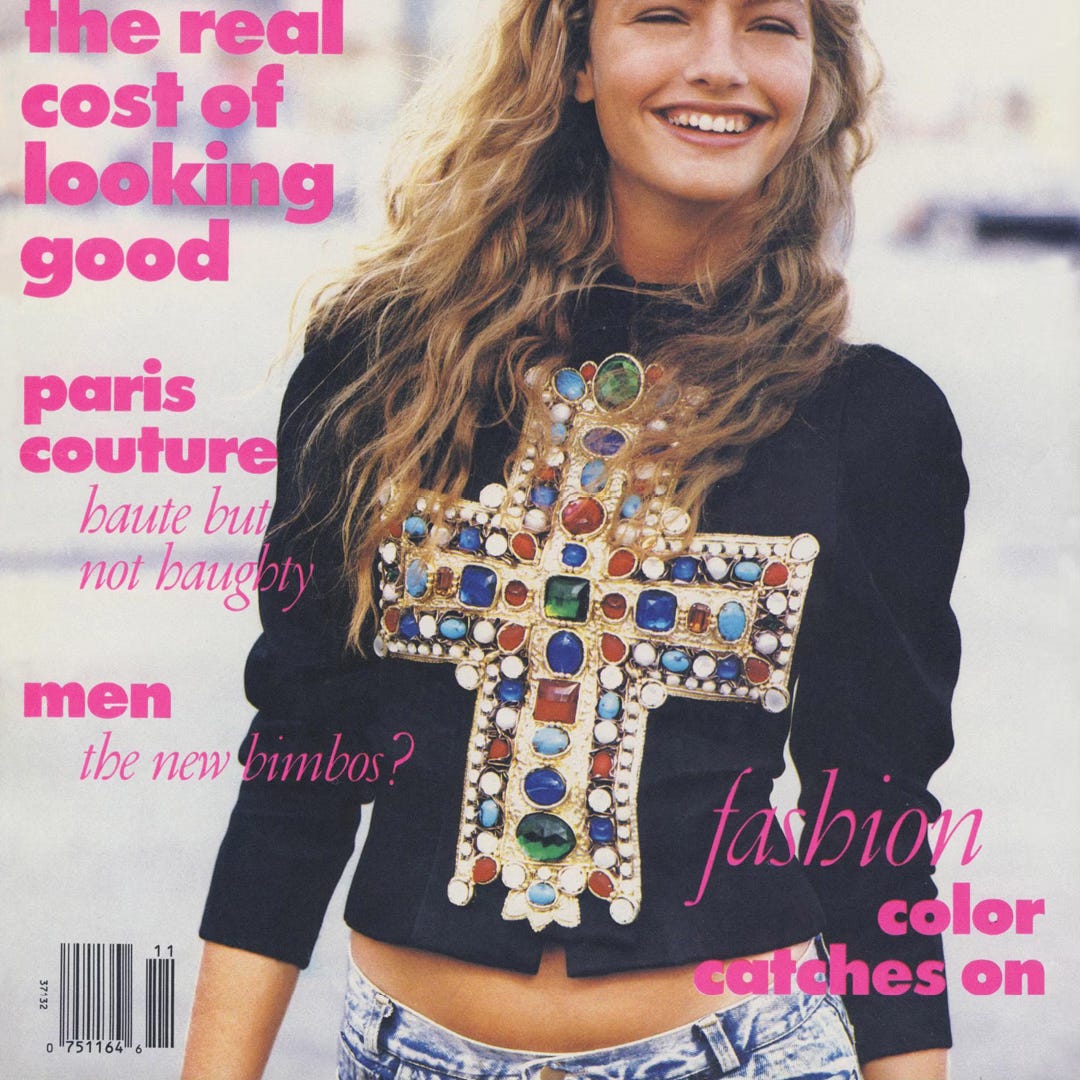Few wardrobe pieces are simple and subversive at the same time. A pair of jeans is one of them. It is a piece you wear over and over and over again, and with each wear, it seems better than before.
The classic jeans are named after an indigo-dyed textile from De Nîmes, France. The most classic model—made from blue denim with pockets and copper rivets—was created in 1873 by Jacob Davis, a tailor, and Levi Strauss, a fabric factory owner in San Francisco. Davis and Strauss initially made the pair of trousers in two types of fabric: brown duck and blue denim. However, with the creation of the denim 501 style, the latter took off. Throughout the decade, other design improvements were made, such as the double arch of orange stitching to reinforce the pockets and identify them as Levi’s. When the patent ended in 1890, other factories began reproducing the style. Since then, the pair of jeans has been adopted and adapted by all groups and subgroups possible.
The classic pair of jeans, like the Levi’s 501, has a mid-rise waist, a straight-leg cut for a relaxed fit, and a button-fly closure. The pair also has a five-pocket configuration—two front pockets, two back pockets, and one small coin pocket—and copper rivets that reinforce them. The jeans are made from non-stretch, 100% cotton denim in indigo blue. However, the jeans have been reimagined in infinite ways, in different fits and cuts, from light to dark washes, and even on white, grey, and black. But what is it about the jeans that makes them so charming?
Part of its charm lies in its androgyny. It is, at the same time, timeless and genderless. Another part lies in its simplicity. Classic jeans have a quality that is similar only to a basic T-shirt. The simpler the piece, the more it reflects the person wearing it. One’s personality comes through when wearing jeans. But ultimately, classic jeans make your bottom look good, and they work with almost anything.
New iterations emerge each season, but the classic ones have endured since the 19th century. When something works this well, there’s no need to change it.
Memo
• Yves Saint Laurent told New York Magazine in November 1983: “I have often said that I wish I had invented blue jeans. They have expression, modesty, sex appeal, simplicity—all that I hope for in my clothes.”
• Anna Wintour’s first issue of Vogue was also the first time that a pair of jeans appeared on its cover. The jeans were paired with a $10,000 Christian Lacroix jeweled top.





